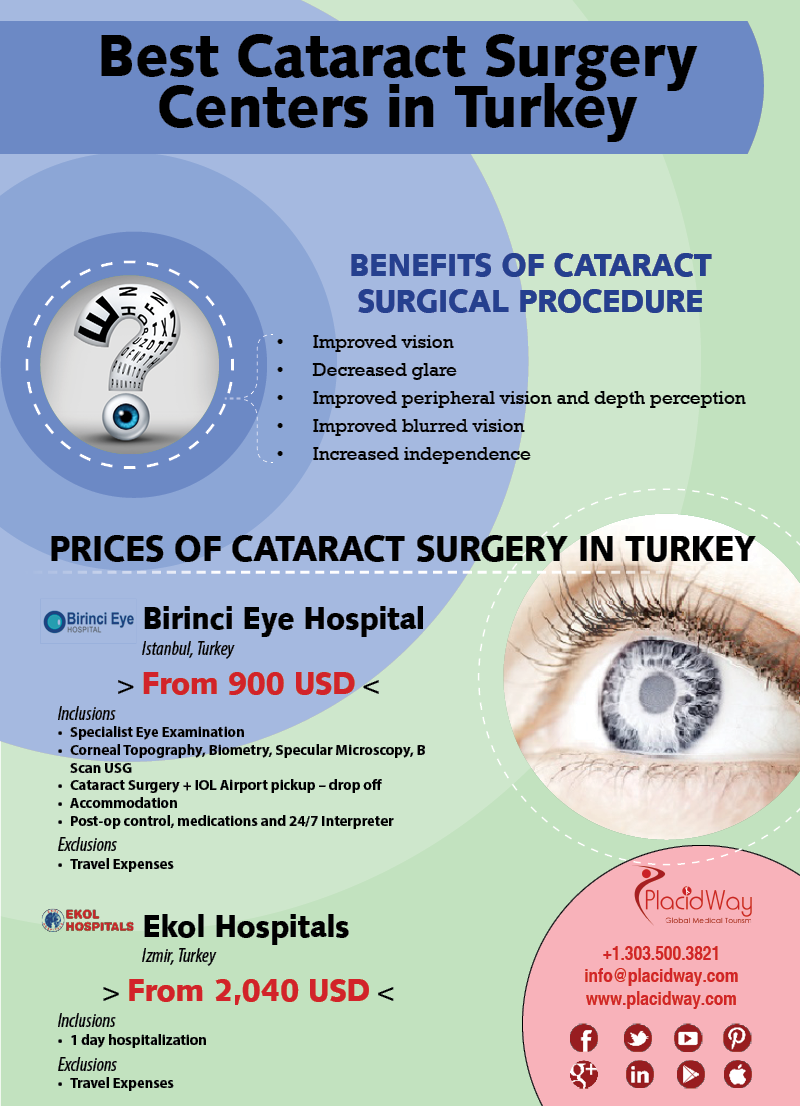Is SMILE Eye Surgical Procedure Perfect For You? Key Insights And Considerations To Review

Article By-Mullen Thestrup
If you're contemplating SMILE eye surgery, ponder this: are you prepared to embrace prospective aesthetic liberty, or does the thought of any kind of risks make you think twice? Your choice will certainly rest on a mindful balance of evaluating the advantages against the uncertainties. It's crucial to dive much deeper into the subtleties of SMILE surgical procedure to make an educated choice that aligns with your aesthetic goals.
Comprehending SMILE Eye Surgical Treatment
When thinking about SMILE Eye Surgical procedure, it is very important to recognize the procedure and its benefits. SMILE, which stands for Tiny Cut Lenticule Extraction, is a minimally invasive laser eye surgical procedure that deals with common vision troubles like myopia (nearsightedness).
During the treatment, your eye doctor will certainly make use of a femtosecond laser to produce a tiny laceration in your cornea. Via this cut, a small disc of cells called a lenticule is eliminated, improving the cornea and fixing your vision.
One of the essential advantages of SMILE Eye Surgical treatment is its quick recovery time. Many individuals experience enhanced vision within a day or 2 after the procedure, with minimal discomfort.
Additionally, SMILE is known for its high success rate in offering long-lasting vision adjustment. Unlike LASIK, SMILE doesn't require the development of a flap in the cornea, reducing the risk of problems and permitting a more stable corneal framework post-surgery.
Recognizing the procedure and its advantages is critical when considering SMILE Eye Surgical treatment for vision improvement.
Pros and Cons of SMILE
Thinking About SMILE Eye Surgical treatment for vision modification includes numerous advantages and potential disadvantages.
Among the primary pros of SMILE is its minimally intrusive nature, as it involves a little cut and generally leads to quick recuperation times. The procedure is additionally recognized for creating marginal discomfort and dry eye signs post-surgery compared to other vision modification methods. In addition, SMILE has actually been shown to give excellent visual end results, with several clients achieving 20/20 vision or better.
On the other hand, a possible disadvantage of SMILE is that it might not be suitable for individuals with serious refractive errors, as the treatment array is somewhat minimal compared to LASIK. Another factor to consider is that the knowing contour for specialists executing SMILE can impact the schedule of experienced companies in particular locations.
It's important to evaluate these pros and cons meticulously when choosing if SMILE is the appropriate choice for your vision adjustment needs.
Determining Qualification for SMILE
To figure out if you're qualified for SMILE eye surgery, your ophthalmologist will carry out a detailed evaluation of your eye health and wellness and vision needs. Throughout this assessment, aspects such as the security of your vision prescription, the density of your cornea, and the overall wellness of your eyes will be examined.
Usually, prospects for SMILE are over 22 years of ages, have a stable vision prescription for at the very least a year, and have healthy corneas without problems like keratoconus.
Your optometrist will certainly additionally consider your overall eye health, any kind of existing eye problems, and your lifestyle needs to figure out if SMILE is the right choice for you. It's important to interact any certain aesthetic needs or worries you may have during this evaluation to make certain that the treatment lines up with your expectations.
If you aren't eligible for SMILE, your optometrist may suggest alternate vision correction alternatives that much better suit your individual demands and eye wellness standing.
Verdict
Eventually, deciding whether SMILE eye surgery is right for you calls for careful consideration of your individual eye wellness and aesthetic requirements. Seek advice from your optometrist to determine your qualification for the procedure and evaluate the potential advantages and disadvantages. Keep in mind to connect any kind of concerns or concerns you may have throughout the analysis process to make an informed decision concerning your vision correction options.

